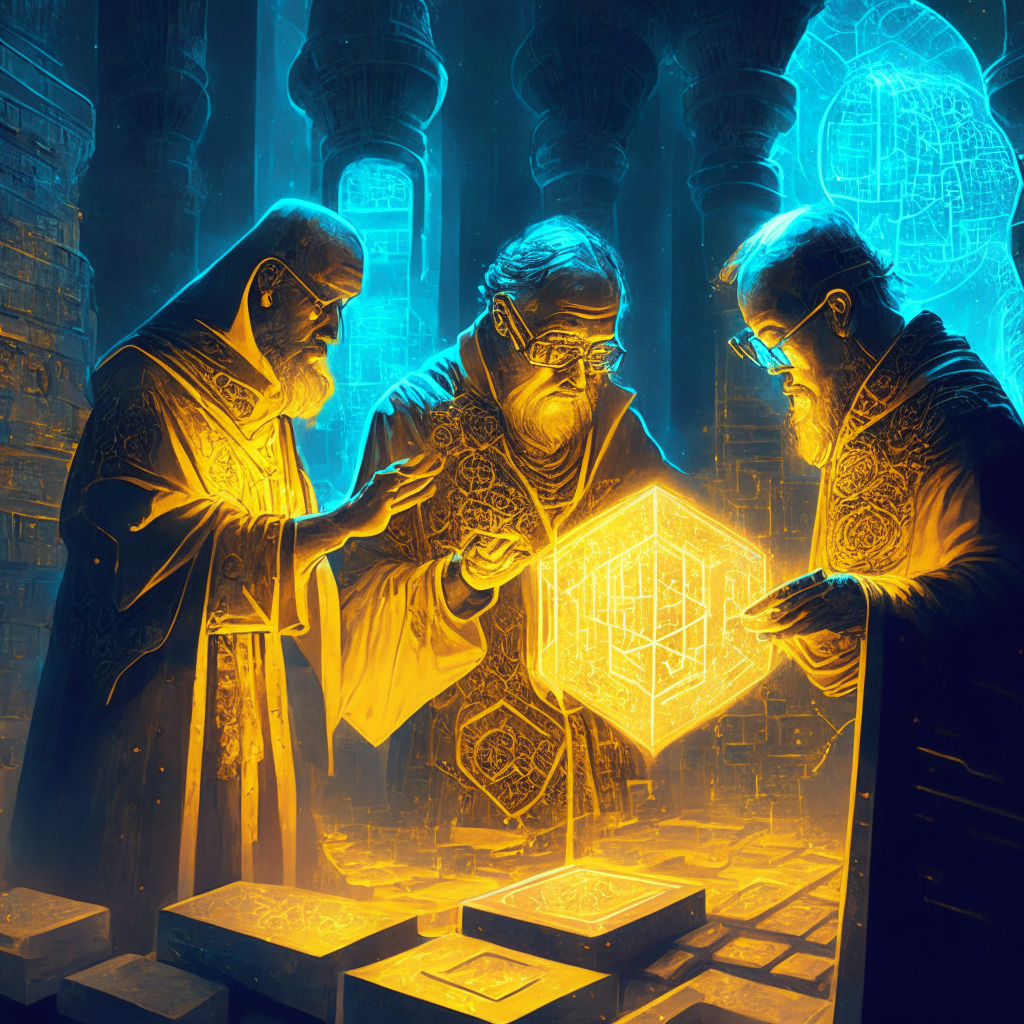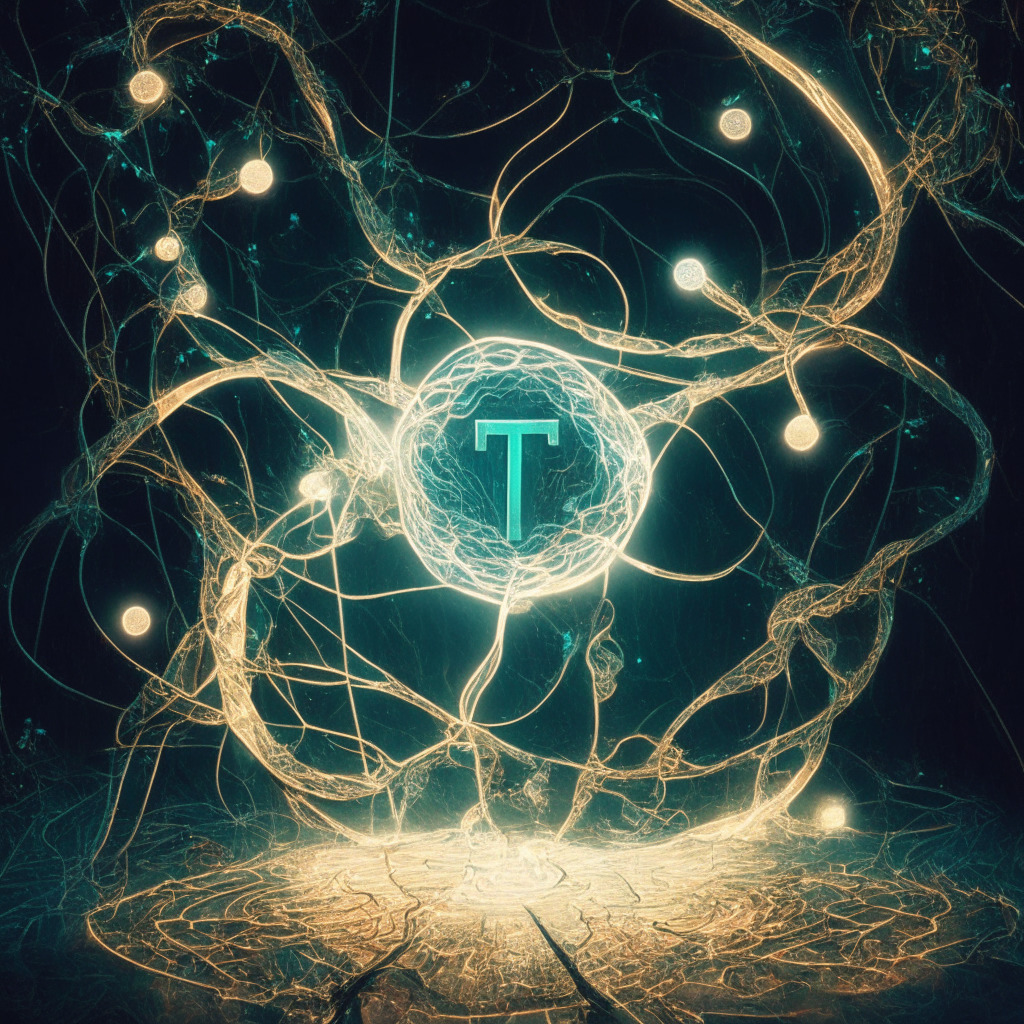Innovation and technology seem determined to breathe new life into the realm of ancient history and cultural preservation. Recent revelations from Adel Khelifi, a computer scientist from the University of Abu Dhabi, and archaeologist Mark Altaweel, from University College London, show promising advances towards securing and documenting the world’s cultural heritage.
Their brainchild, a Web3-based verification-as-a-service model known as Salsal, seeks to bridge the gap between historical artifacts and an unalterable on-chain validation system. This service is positioned to serve “cultural heritage organisations”, lacking a globally recognized registry for items of historical significance. It comes as a much-needed solution against the loss of irreplaceable relics like the Honjo Masamune and the Crown Jewels of Ireland. Precious artifacts have succumbed to the ruthless hands of time and theft, while countless more have been unlawfully extracted from historically significant sites before being cataloged by experts.
Salsal expects to address these issues on multiple fronts. It plans to provide a protocol for identifying, grading, and recording information about specific artifacts using a suite of technological tools. Whenever a cultural heritage organisation validates its collection, images and descriptions are uploaded to the service. Experts then use a process, akin to the one used by the Museums Association, to grade the artifacts. The goal of Salsal, then, comes to fruition when these artifacts are proven genuine and transformed into non-fungible tokens (NFTs). It sets the stage for a new age of artifact validation and preservation.
While existing databases on historical artifacts are not uncommon, an immutable blockchain-based registry could possibly deter theft and looting, requiring sellers and curators to document provenance. In this envisaged scenario, curators aspire to have their collections validated via Salsal — which might be likened to getting a rare collectible graded by a commercial validator.
This technological push aligns with the rising wave of blockchain adoption and full use of its potential. However, questions of access, scalability, and inclusivity remain, as not all cultural heritage organizations may have the resources to utilize this technology effectively. Moreover, disagreements on the nature and quality of validation standards could arise, with the question of who assesses an artifact’s value remaining a potential concern. Only time will tell if Salsal and similar blockchain-based solutions can truly navigate these waters, solidifying their crucial role in preserving humanity’s priceless cultural artifacts.
Source: Cointelegraph




